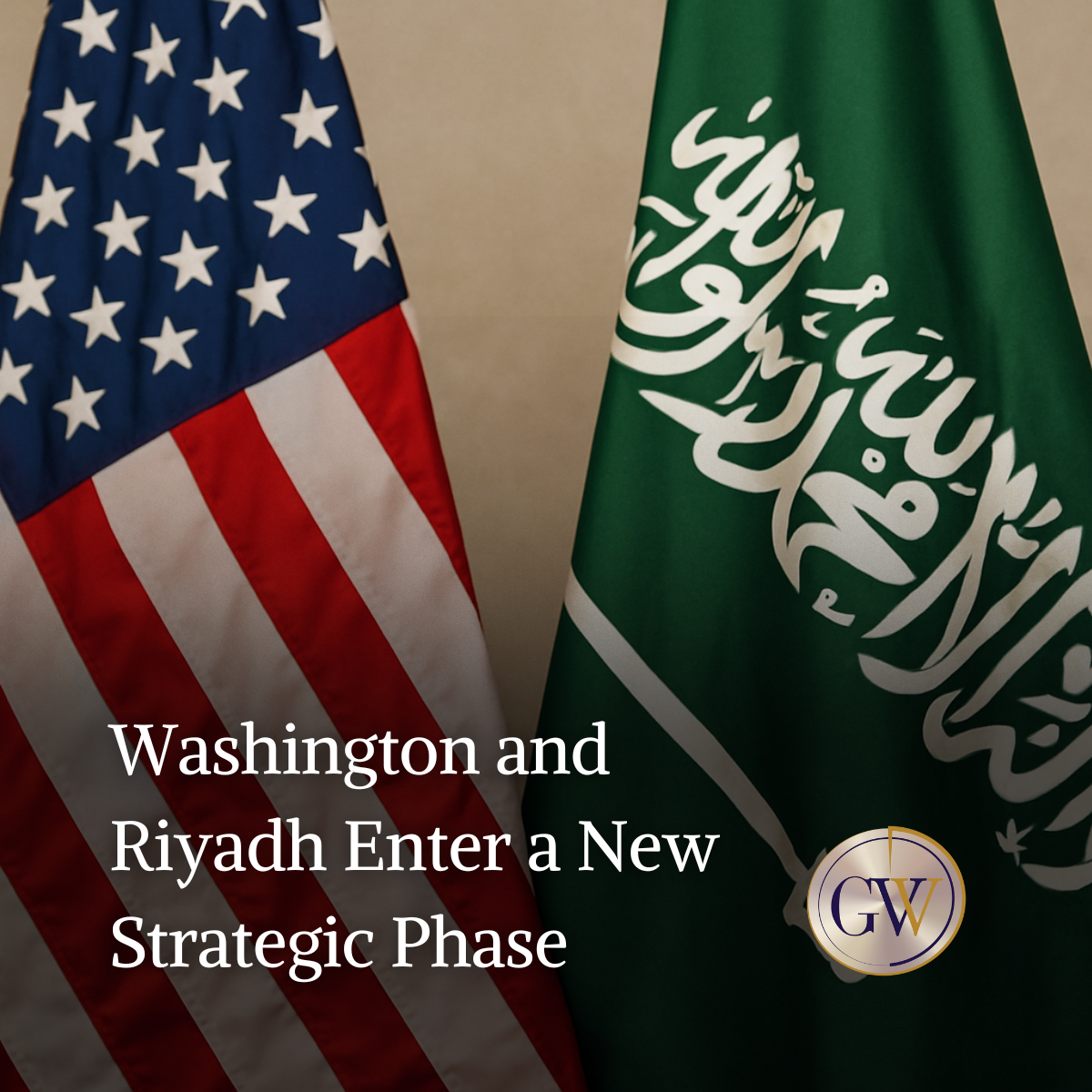Washington and Riyadh Enter a New Strategic Phase
A high-stakes visit by Saudi Crown Prince Mohammed bin Salman to Washington this week is reshaping the U.S.–Saudi relationship into a broader strategic bargain that reaches beyond oil. In his first trip to the United States since 2018, the crown prince is meeting President Donald Trump at the White House to deepen decades-old cooperation on energy and security while expanding ties in commerce, artificial intelligence and potentially civil nuclear energy.
U.S. officials say the two governments are preparing announcements covering a large defense package, civil nuclear cooperation and a multibillion-dollar Saudi investment in U.S. AI infrastructure, building on earlier commitments that already run into the hundreds of billions of dollars. At a parallel U.S.–Saudi investment forum in Washington, CEOs from leading technology, energy, defense and finance firms are gathering to showcase cross-border projects and position themselves for the next wave of capital tied to Saudi Arabia’s Vision 2030 diversification agenda.
The diplomatic upgrade is expected to be reinforced by a new security framework which would ease U.S. weapons transfers and deepen military coordination, following reports that the administration intends to treat Saudi Arabia as a “major non-NATO ally.”
this emerging architecture signals three concrete trends: continued priority for Gulf energy and security in U.S. foreign policy; structural capital flows into AI, data centres and advanced manufacturing on both sides of the Atlantic; and a renewed focus on the Gulf as a hub for tourism, infrastructure, and real estate.

